Haocheng Li
Digital Twin-Assisted Efficient Reinforcement Learning for Edge Task Scheduling
Aug 02, 2022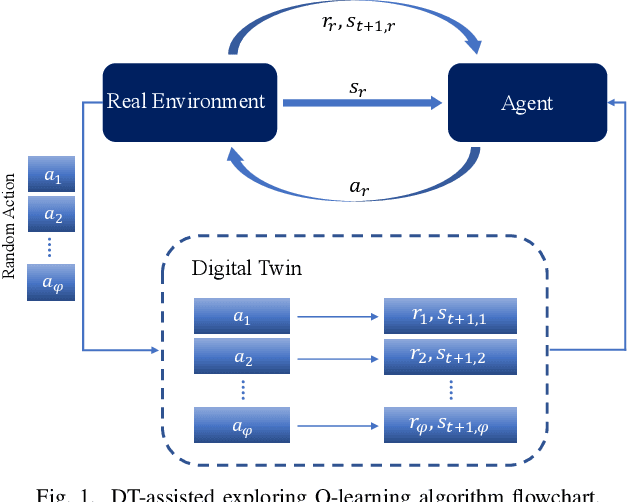
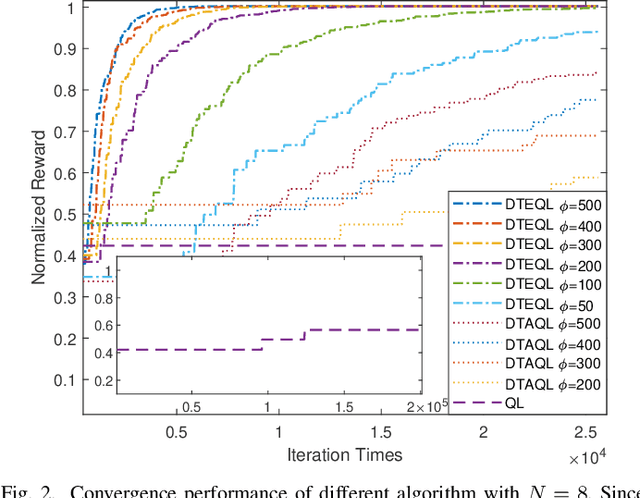


Abstract:Task scheduling is a critical problem when one user offloads multiple different tasks to the edge server. When a user has multiple tasks to offload and only one task can be transmitted to server at a time, while server processes tasks according to the transmission order, the problem is NP-hard. However, it is difficult for traditional optimization methods to quickly obtain the optimal solution, while approaches based on reinforcement learning face with the challenge of excessively large action space and slow convergence. In this paper, we propose a Digital Twin (DT)-assisted RL-based task scheduling method in order to improve the performance and convergence of the RL. We use DT to simulate the results of different decisions made by the agent, so that one agent can try multiple actions at a time, or, similarly, multiple agents can interact with environment in parallel in DT. In this way, the exploration efficiency of RL can be significantly improved via DT, and thus RL can converges faster and local optimality is less likely to happen. Particularly, two algorithms are designed to made task scheduling decisions, i.e., DT-assisted asynchronous Q-learning (DTAQL) and DT-assisted exploring Q-learning (DTEQL). Simulation results show that both algorithms significantly improve the convergence speed of Q-learning by increasing the exploration efficiency.
Hybrid CNN-Transformer Model For Facial Affect Recognition In the ABAW4 Challenge
Jul 20, 2022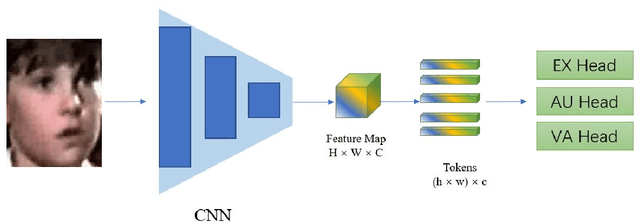

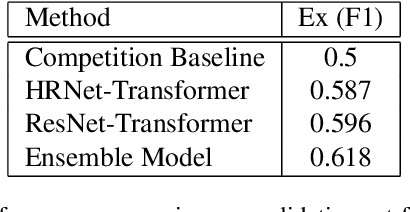
Abstract:This paper describes our submission to the fourth Affective Behavior Analysis (ABAW) competition. We proposed a hybrid CNN-Transformer model for the Multi-Task-Learning (MTL) and Learning from Synthetic Data (LSD) task. Experimental results on validation dataset shows that our method achieves better performance than baseline model, which verifies that the effectiveness of proposed network.
Attacking Split Manufacturing from a Deep Learning Perspective
Jul 08, 2020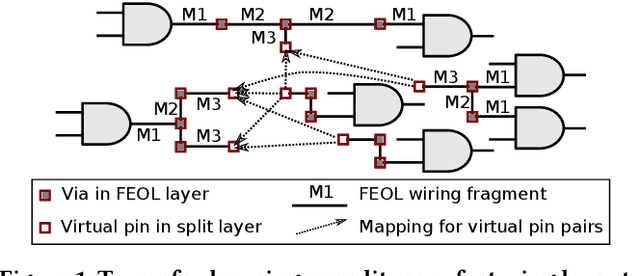
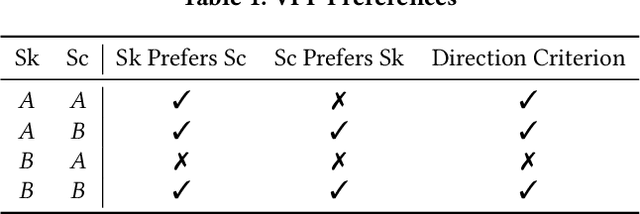
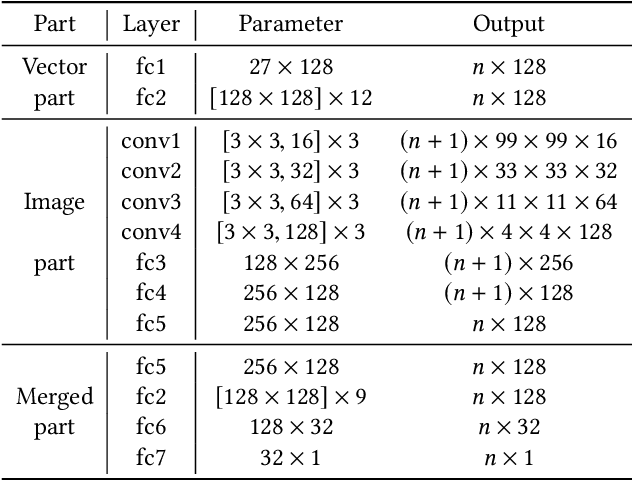

Abstract:The notion of integrated circuit split manufacturing which delegates the front-end-of-line (FEOL) and back-end-of-line (BEOL) parts to different foundries, is to prevent overproduction, piracy of the intellectual property (IP), or targeted insertion of hardware Trojans by adversaries in the FEOL facility. In this work, we challenge the security promise of split manufacturing by formulating various layout-level placement and routing hints as vector- and image-based features. We construct a sophisticated deep neural network which can infer the missing BEOL connections with high accuracy. Compared with the publicly available network-flow attack [1], for the same set of ISCAS-85 benchmarks, we achieve 1.21X accuracy when splitting on M1 and 1.12X accuracy when splitting on M3 with less than 1% running time.
COVID-19 Public Opinion and Emotion Monitoring System Based on Time Series Thermal New Word Mining
May 23, 2020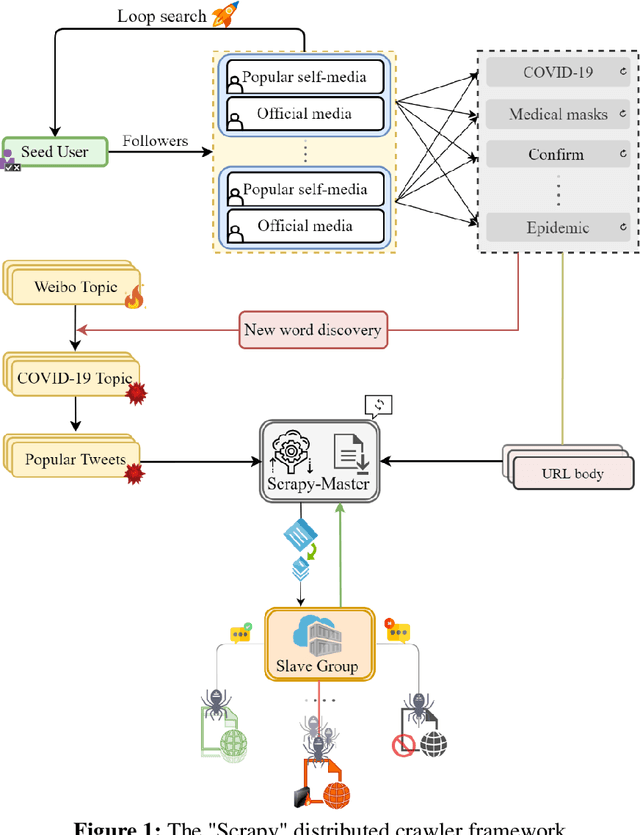
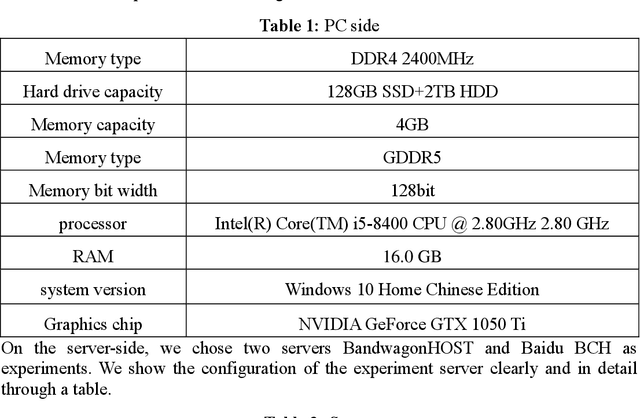
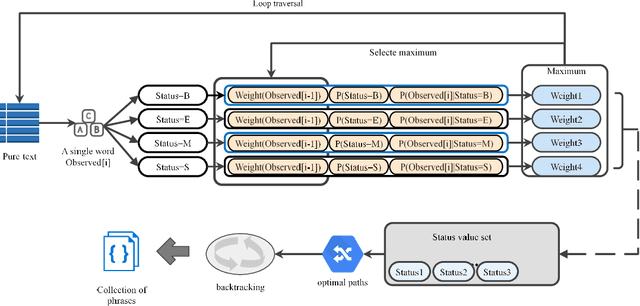
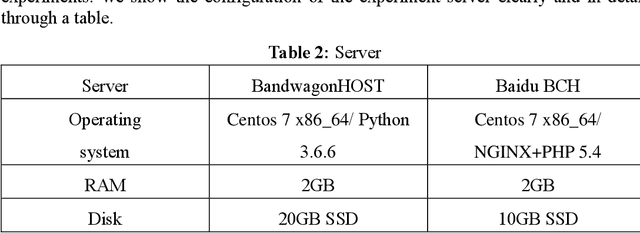
Abstract:With the spread and development of new epidemics, it is of great reference value to identify the changing trends of epidemics in public emotions. We designed and implemented the COVID-19 public opinion monitoring system based on time series thermal new word mining. A new word structure discovery scheme based on the timing explosion of network topics and a Chinese sentiment analysis method for the COVID-19 public opinion environment is proposed. Establish a "Scrapy-Redis-Bloomfilter" distributed crawler framework to collect data. The system can judge the positive and negative emotions of the reviewer based on the comments, and can also reflect the depth of the seven emotions such as Hopeful, Happy, and Depressed. Finally, we improved the sentiment discriminant model of this system and compared the sentiment discriminant error of COVID-19 related comments with the Jiagu deep learning model. The results show that our model has better generalization ability and smaller discriminant error. We designed a large data visualization screen, which can clearly show the trend of public emotions, the proportion of various emotion categories, keywords, hot topics, etc., and fully and intuitively reflect the development of public opinion.
 Add to Chrome
Add to Chrome Add to Firefox
Add to Firefox Add to Edge
Add to Edge